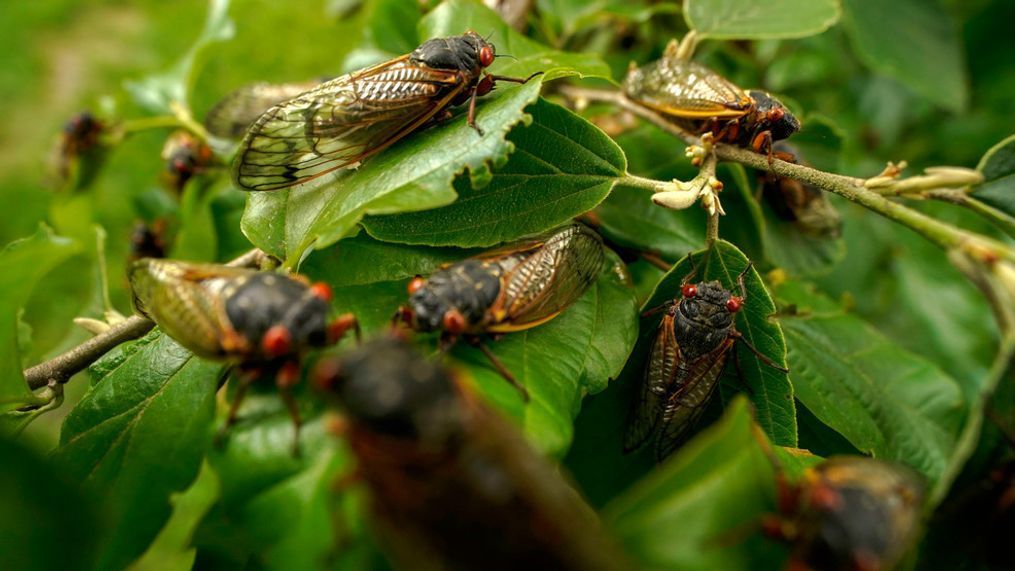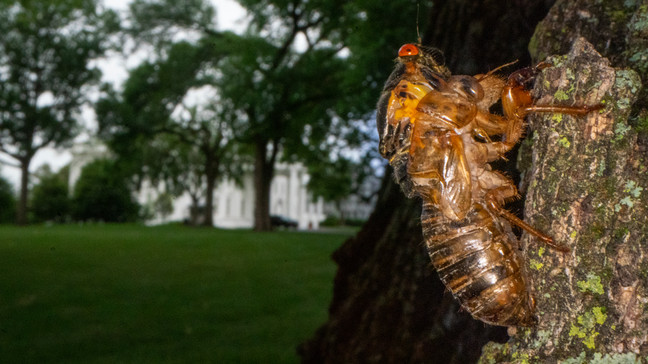Billions of bugs! Southern states prepare for rare dual-emergence of cicadas
NASHVILLE, Tenn. (WZTV) — Southern states in the U.S. are expected to experience the effects of a rare dual emergence of two cicada broods at the same time, the first such occurrence since 1803.
Cicadas are insects split into two different groups. One group emerges annually while the others emerge periodically, specifically every 13 or 15 years. This year, two specific broods of the 13-year and 17-year cicadas will emerge at the same time for the first time in 221 years.
The two broods, known as XIX and XII, will emerge from their lives in the ground, posing a risk to trees and other vegetation since cicadas are herbivores.
As anyone who has live in Tennessee during an emergence can attest, these insects can also cause a headache if they swarm together on a structure or vegetation, saturating their target. Tennessee is expected to be affected by the 13-year XIX brood this spring along with Kentucky, South Carolina, Georgia, Alabama, Virginia, Mississippi, Arkansas, Illinois, Indiana, Louisiana, Missouri, Oklahoma and North Carolina, according to the website Cicada Mania.
It is expected both broods may produce billions of the insects during the dual-emergence, something which will not happen again in our lifetime.According to theUniversity of Connecticut, the last time a 13 and 17-year brood emerged in the same year was 2015 and the last time two adjacent broods emerged in the same year was 1998.
This year's co-emergence is not expected to overlap according to the university, instead affecting the respective states where the broods are located. It is estimated there are about 1 million cicadas per acre of land.




